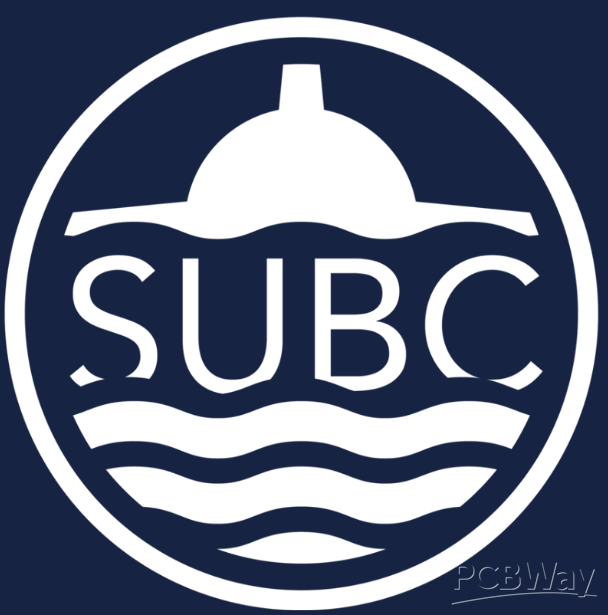

SUBC, UBC's Submarine Design Team
SUBC is UBC's Submarine Design Team. We consist of 72 passionate students, mostly from various engineering departments, including Mechanical Engineering, Civil Engineering, and Electrical Engineering. We design, build, and race one-person human-powered submarines in Europe and the United States. Our primary goal is to provide our team members with practical, hands-on experience by applying classroom-taught theoretical knowledge to real-world applications, while also inspiring the next generation of engineers to tackle maritime engineering challenges.
We have seen success in previous competitions, such as the 2021 vISR16 competition, where we were 1st in drivetrain design, 2nd in Human Factors Engineering Design Process, and 2nd in Future Submarine Technical and Design Challenges Report. We also came in the top 10 for the 2024 European International Submarine Race (2024 eISR) competition.
Below is a picture of our previous submarine, the Beagle, from the 2024 eISR Competition:
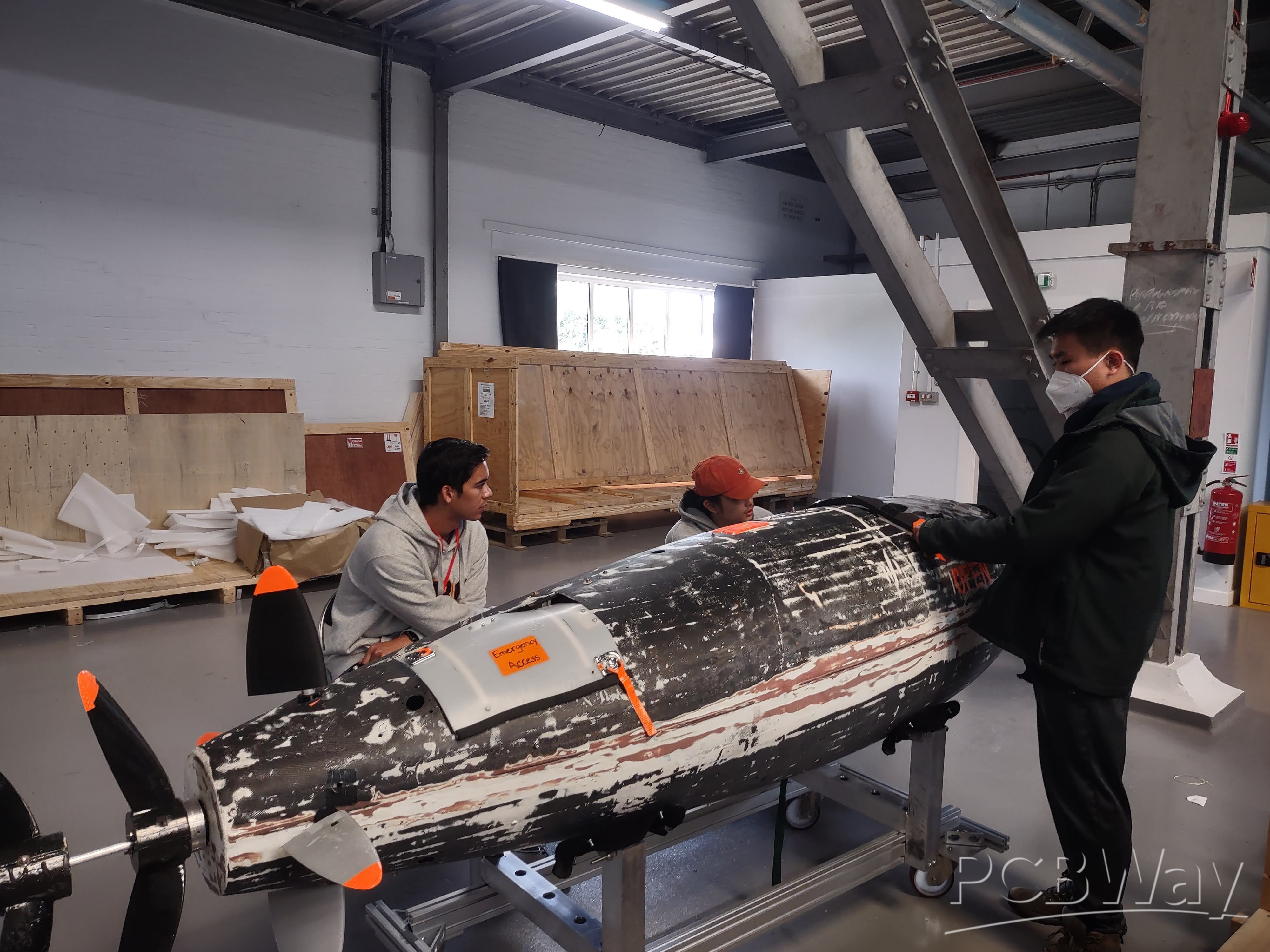
Our current project is named Mari, a one-person human-powered submarine that has been in development since 2024 for the 2026 European International Submarine Race (eISR 2026). We are going to attend the 2026 European International Submarine Race (eISR) competition in Gosport, UK.
Our Electrical Subteam extensively uses both PCBs and sensors in our data acquisition module. Below are just some of the applications we use PCBs and sensors for:
Sensors:
Our sensor package includes five sensors that do the following:
- Tachometer: Measures RPM generation from the pilot manually powering the propulsion, and needs to measure a maximum of 120 RPM
- Inertial Measurement Unit (IMU): to measure pitch, yaw, roll, and acceleration
- Barometer: depth measurement
- Temperature and Humidity Sensors
PCBs:
Our data acquisition module uses several PCBs. The first is the DAM Power Board, which rectifies the 5V DC power supply to ensure the sensors and Hall effect microcontroller receive a stable and consistent power supply. The Hall effect microcontroller connects to the Analog RPM and Hall Effect Sensors and performs the analog-to-digital conversion. The microcontroller connects to the DAQ MCU board, which handles data processing and storage on a local SD card.
Below are some early prototypes and sensors we are currently using:
DAM Power Board:
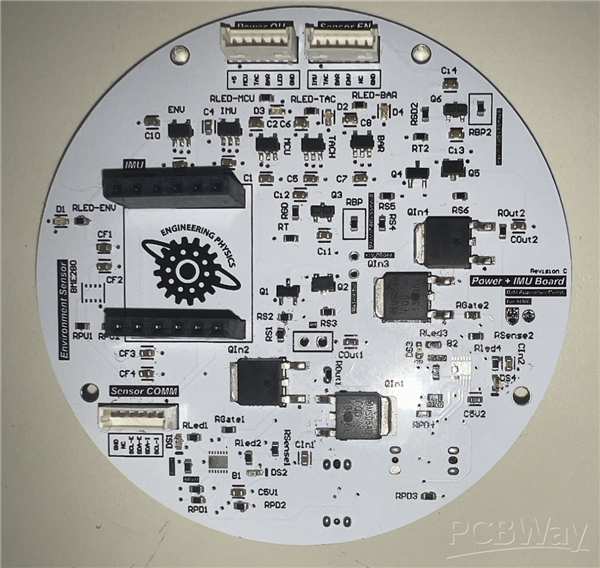
Analog RPM Sensor:
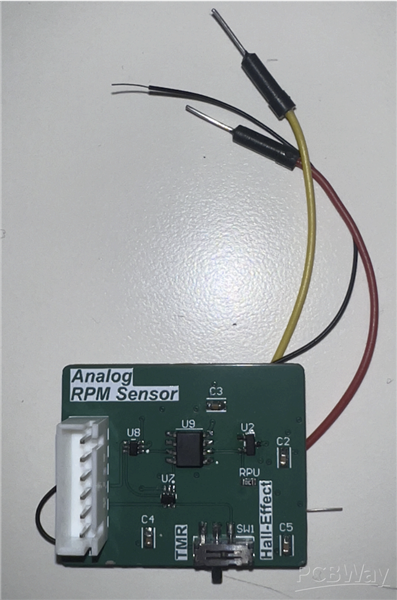
Hall Effect Microcontroller:
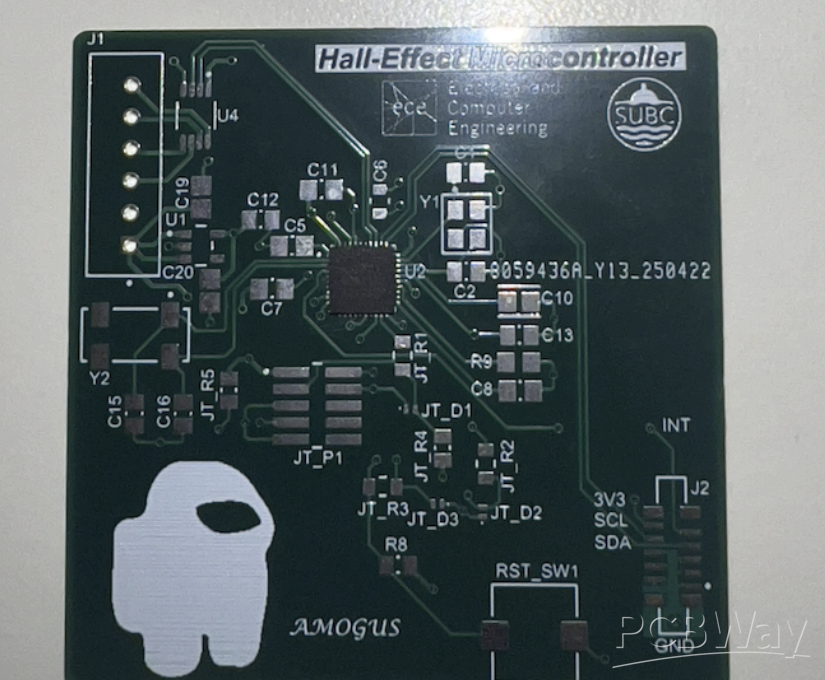
We would greatly benefit from PCBWay's rapid prototyping. As a student design team, we experience challenges in manufacturing our submarine and its parts within budget and on time. PCBWay's rapid prototyping would allow us to obtain feedback and iterate on our Data Acquisition quickly. This provides our team members with valuable experience in applying engineering knowledge to real-world problems.
Rapid prototyping would also allow us to explore future project extensions, such as integrating a BT840 module so that the data can be sent to a nearby computer instead of being stored locally.PCBWay's rapid prototyping would allow us to further refine and iterate upon our current Data Acquisition Module, inspiring future maritime engineers.
We see this as an exciting opportunity to partner with PCBWay to advance our Data Acquisition Module.
- Hardware
- Submarine
- Sensors
- Data Acquisition
You might like
- Comments(0)
- Likes(0)
